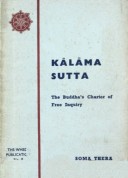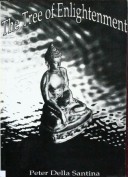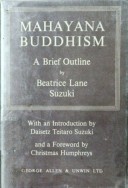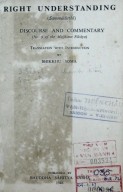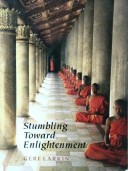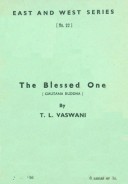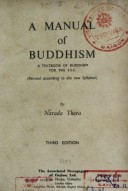Tìm Sách
Sách tiếng Anh-English >> Zen Culture
Thông tin tra cứu
- Tên sách : Zen Culture
- Tác giả : Thomas Hoover
- Dịch giả :
- Ngôn ngữ : Anh
- Số trang : 262
- Nhà xuất bản : Random House New York
- Năm xuất bản : 1977
- Phân loại : Sách tiếng Anh-English
- MCB : 12010000005118
- OPAC :
- Tóm tắt :
ZEN CULTURE
How Zen has inflienced Art, Architecture, Literature, Sports, Ceramics, Theatre
Thomas Hoover
Random House New York
CONTENTS
FOREWORD
CHRONOLOGY
PART I: THE BEGINNINGS PREHISTORY TO 1333
- Zen Culture and the Counter Mind
- the Prelude to Zen Culture
- The Rise of Japanese Buddhism
- The Chronicles of Zen
- Zen Archery and Swordsmanship
(The Kamakura Era – 1185-1333)
PART II: THE AGE OF HIGH CULTURE: ASHIKAGA (1333-1353)
- The Great Age of Zen
- Zen and the Landscape Garden
- The Stone Gardens of Zen
- Zen and the Ink Landscape
- The Zen Aesthetics of Japanese Architecture
- The no Theater
PART III: THE RISE OF POLULAR ZEN CULTURE
1573 To Present
12. Bourgeois Society and Later Zen
13. The Tea Ceremony
14. Zen Ceramic
15. Zen and Haiku
16. Private Zen: Flowers and Food
17. The Lessons of Zen Culture
REFERENCES
BIBLIOGRAPHY
GLOSSARY
INDEX
PUBLISHER’S NOTES
In recent years the West has been increasingly influenced by the principles of the Eastern way of thought known as Zen. Zen poetry (Haiku) has had thousands of imitators; Zen drama and Zen parables are now seen to prefigure the theater of the absurd; ancient Zen ink washes are very close to the latest abstract art; the principles of Zen archery and Zen swordsmanship are today being applied to a wide variety of sports; four-hundred-years-old Zen architecture, with its multifunctional rooms, movable partitions and uncluttered space, exemplifies our latest design ideas; sixteenth-century Zen ceramics are the inspiration of contemporary potters; even the Japanese cuisine, itself an expression of Zen ideas, is gaining Western acceptance in our nutrition-conscious age.
Yet despite its omnipresence, it is often difficult for the Western mind to grasp precisely what Zen is. This book explains succintly how Zen developed in Japan, what role it played in different periods of Japanese history, what all its manifestations have in common, why it still permeates Japanese life even though it is no longer the dominang religion, and why, several hundred years after the flowering of Zen culture, it has touched a nerve in the West.
 Facebook
Facebook
 Google
Google
 Google+
Google+

